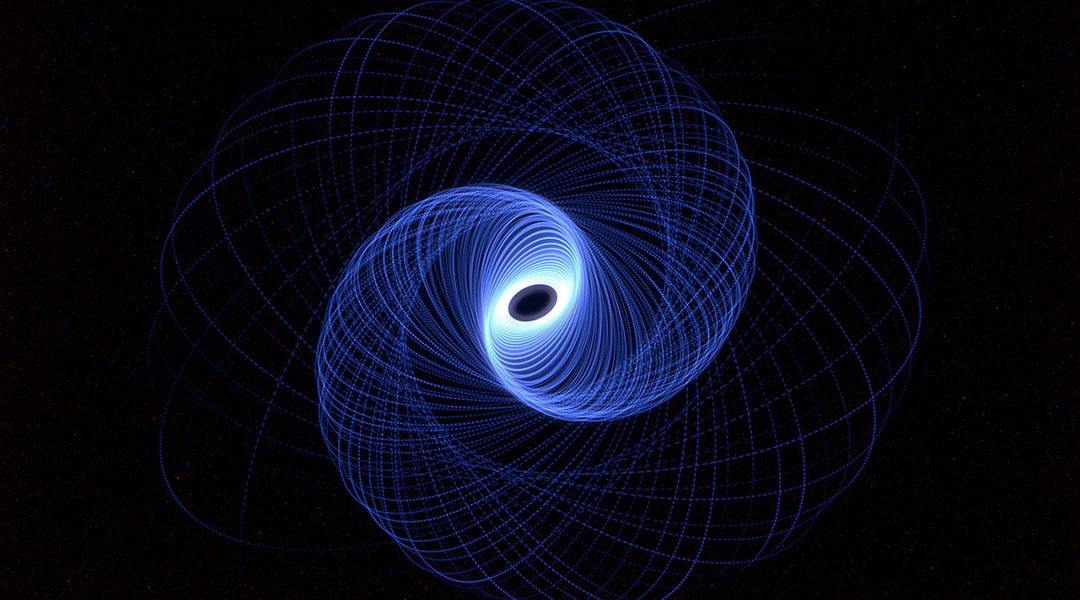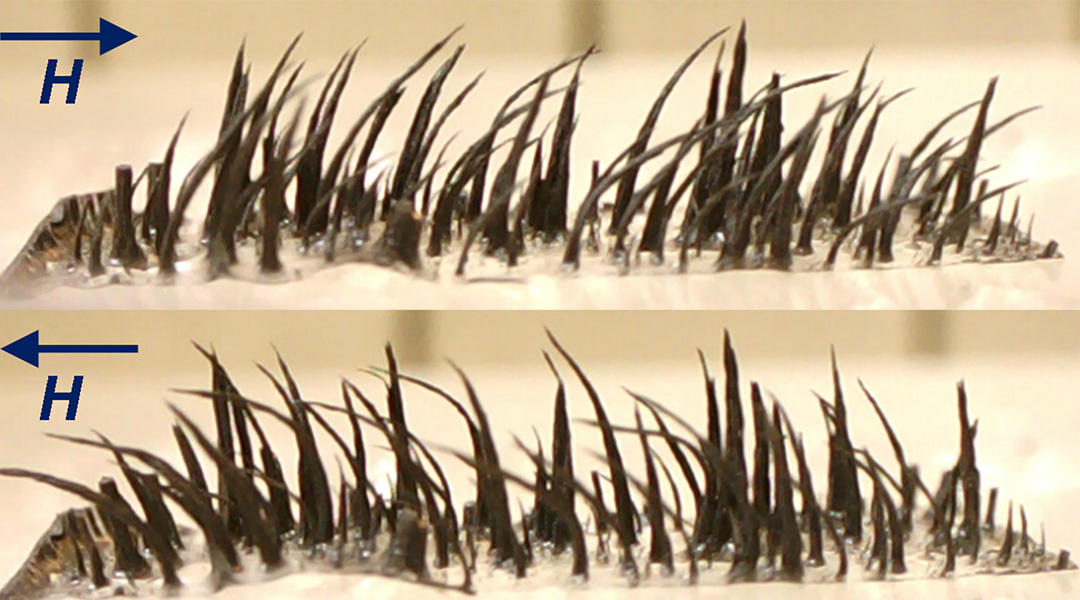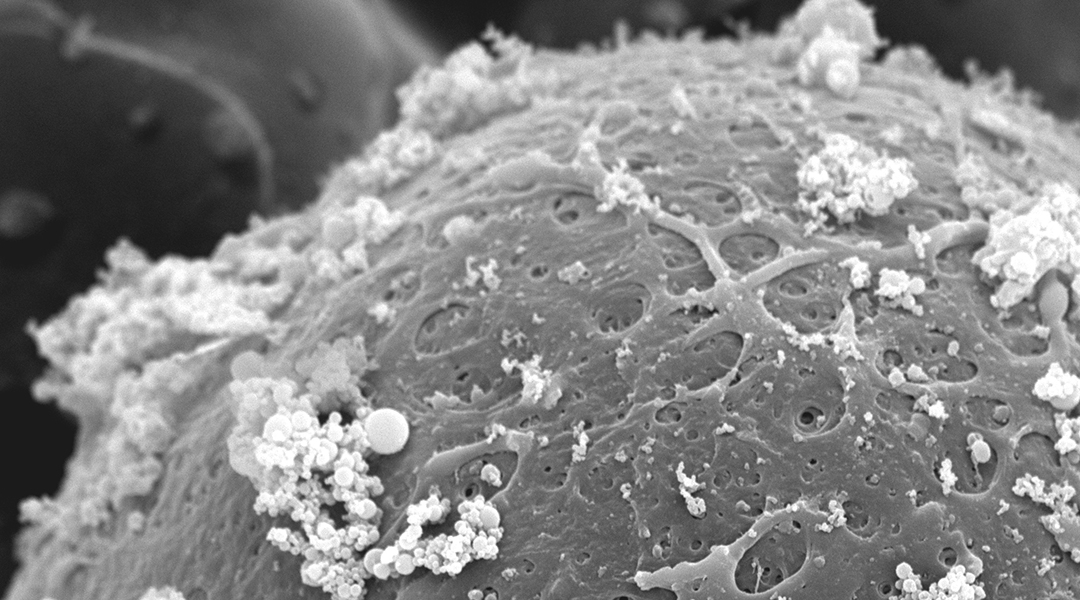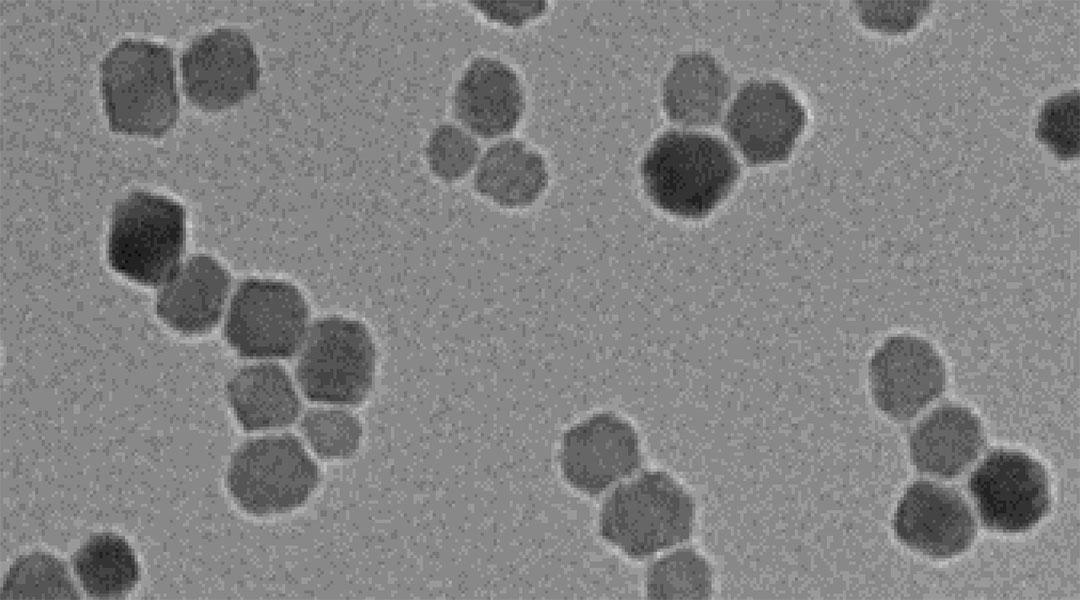Héctor Corte-León explores the advantages and disadvantages of the different techniques used to calibrate a magnetic force microscope.


Héctor Corte-León explores the advantages and disadvantages of the different techniques used to calibrate a magnetic force microscope.

Harnessing skyrmions’ random motion and low energy requirements, this discovery could lead to more efficient and powerful computing technologies.

Monarch butterflies have inspired the design of 3D-printed robotic wings that rely on magnetic fields to generate their delicate movements.

By adding primordial magnetic fields to the Standard Model, researchers may solve the mystery of the Universe’s expansion.

These hair-like structures with applications in robotics are now reprogrammable, negating the need to replace them after one use.

A unique approach to the remote control of embryos in lab setups could transform what is possible with fertility treatments and IVF.

A new hybrid graphene incorporates new elements to help make the material magnetic for applications in electronics and computer science.

Magnetic iron nanoparticles shown to eliminate persistent water pollution, such as microplastics and oils.

The galaxy 9io9 is seen as it was when the cosmos was just 2.5 billion years old, making this the earliest galactic magnetic field ever observed.

A non-surgical option for women who suffer from endometriosis, this nanoparticle therapy shows promising preliminary results.